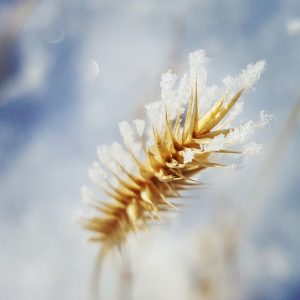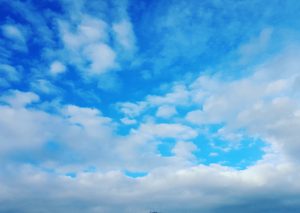How do you go from planting French tarragon, tomatoes, and zucchini to the lymphatic system, with some stroke information and type II diabetes facts and implications along the way? Oh, and the perils of climate change when it comes to plants and crops in general.
There is no recipe really, other than keeping the mind open and making connections. Eyes wide open, two boys jumping in with ‘I know the answer, can I say?’ and taking turns becomes a game I moderate and delight in doing so.
How do you then? You spend some time in the garden, tiny as it is, weeding and helping the little seedlings thrive with less competition. You talk about weeds as you do so: why do they grow so well, how do they grow no matter how rainy or dry the season? Resilience comes from?…
Then you talk about soil and thoughts trail back to when we did that first time, looking at pill bugs and earthworms and many other critters we had to imagine as we could not see. Kids do that willingly, which is why they learn so heartfully. They are open to imagining and building on from there.
The next day you talk seeds, fruit that bears them, the mysteries that make them germinate. Both boys are now well aware of the beautiful process that transforms a dormant seed into a plant. They steal each other’s words: you start dicotyledons, move through explaining hypocotyl, the role of the starches and fats the seed stores until the leaves appear (why only till then? What happens as leaves appear and bathe their wee faces in the sunshine? Oh yes, I gave it away… Photosynthesis).
The dance includes now chlorophyll, which is so interestingly similar to hemoglobin. And what do they each do? How? What makes our hemoglobin able to uptake oxygen? Where does that upload take place and where do the red blood cells take that oxygen? And then? Arteries, veins, movement that promotes health, breathing the right way. This is how is done… The boys breathe in and out and we wonder more about how magical the oxygenation process. Muscles that need oxygen, movement again, we need to move more and it less.
Why do strokes happen? Do they have to do with blood? Circulatory issues… Type II diabetes, a terrible and increasing menace. What exactly is that? We talk insulin, pancreas, lifestyle, movement again too, food… we’re back to the garden. Eating what we are best designed to eat. Plants… seeds and seedlings, growing into plants that produce more seeds and the big cycle continues.
‘Mom, I love it how they are all connected! It makes so much sense!’
‘Mom, is this a subject or two?’ It’s many. It’s the way they are connected. Everything is connected.
I take a deep breath. This is homeschooling. I think I’m starting to understand its beauty.

 There is something beautifully gentle about being privy to the first snowflakes falling. Like the flutter of a newborn’s eyelids as she’s nestled in a sling by your heart. I remember that too well, though the boys are way past the age. I remembered that the other day when the morning walk with the pup brought the beginning flutters of a snowfall to rest on my cheeks…
There is something beautifully gentle about being privy to the first snowflakes falling. Like the flutter of a newborn’s eyelids as she’s nestled in a sling by your heart. I remember that too well, though the boys are way past the age. I remembered that the other day when the morning walk with the pup brought the beginning flutters of a snowfall to rest on my cheeks… Sasha learned about electricity and built circuits for days. Rephrase: Sasha built circuits for days; he had fun, eyes twinkling with the surprise of it all. Joy followed along like a puppy. The result was learning about electricity. Then it dwindled. For now it will sit somewhere on a brain shelf until the day comes for it to resurface. We visited Makers’ Space here in Kamloops recently; perhaps future visits hold the key to more learning about electricity. It’ll come. That’s what learning is about. A cascade of facts that link this fact to that and create a bridge of knowledge that you can walk on from here to there, inferring, developing common sense and …well, thinking. What a grand adventure!
Sasha learned about electricity and built circuits for days. Rephrase: Sasha built circuits for days; he had fun, eyes twinkling with the surprise of it all. Joy followed along like a puppy. The result was learning about electricity. Then it dwindled. For now it will sit somewhere on a brain shelf until the day comes for it to resurface. We visited Makers’ Space here in Kamloops recently; perhaps future visits hold the key to more learning about electricity. It’ll come. That’s what learning is about. A cascade of facts that link this fact to that and create a bridge of knowledge that you can walk on from here to there, inferring, developing common sense and …well, thinking. What a grand adventure! Should that be one of the purposes of our learning at home? It better be. The dance continues, much like the delicate dance of snowflakes. I am there to see it. Aware of the immense privilege, I end my days just like I start them: with gratefulness.
Should that be one of the purposes of our learning at home? It better be. The dance continues, much like the delicate dance of snowflakes. I am there to see it. Aware of the immense privilege, I end my days just like I start them: with gratefulness.